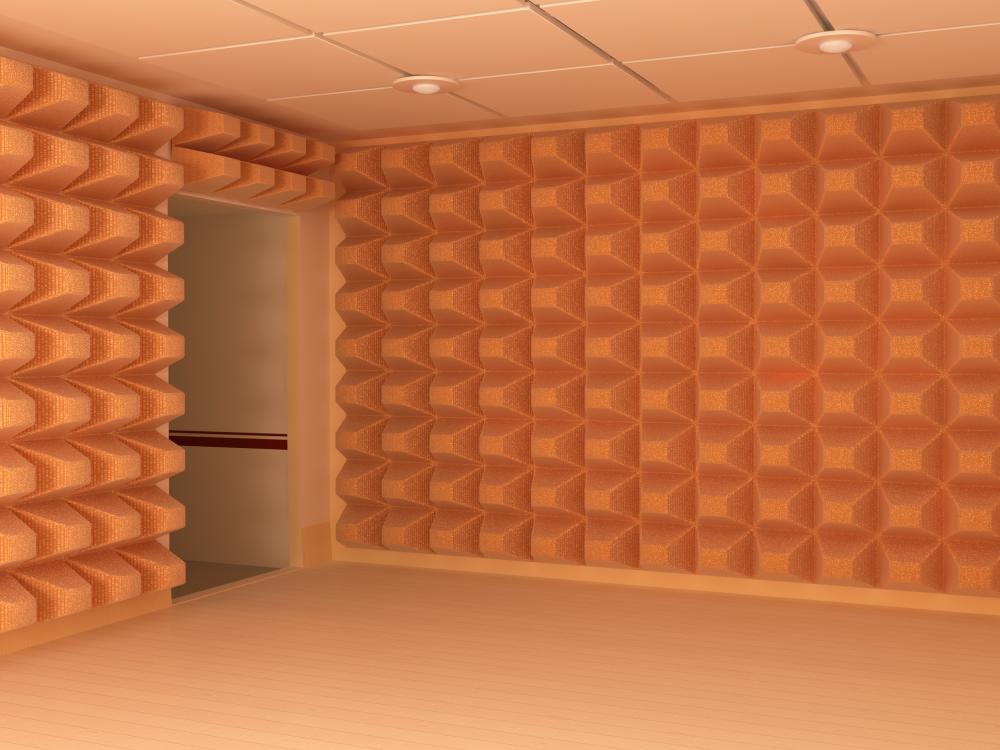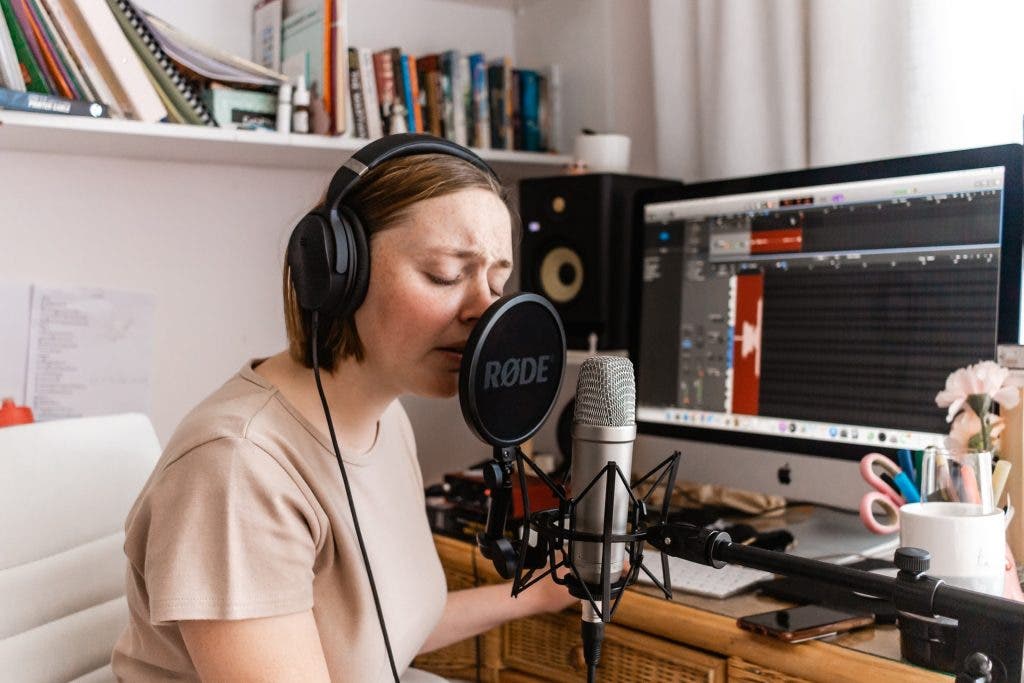Recording Guitars in Living Room
If you're a musician and want to record your own music, but don't have the luxury of a professional recording studio, don't worry! With some creativity and the right equipment, you can easily record guitars in your living room. This allows for a comfortable and familiar environment, leading to better performances and a more personal touch to your recordings.
Home Recording Studio Setup
Before diving into recording guitars, it's important to have a proper home recording studio setup. This includes a computer or laptop with recording software, an audio interface, and quality microphones. With a basic setup, you can easily record and produce high-quality music in the comfort of your own home.
Acoustic Guitar Recording Techniques
When it comes to recording acoustic guitar in a living room, there are a few techniques that can help capture the best sound. One popular method is to use a condenser microphone placed about 6-12 inches away from the guitar, pointed towards the sound hole. This captures the natural sound of the guitar and allows for some room ambience.
DIY Soundproofing for Home Studios
Living rooms are not typically soundproofed, which can lead to unwanted background noise in your recordings. To combat this, you can create your own DIY soundproofing by hanging thick blankets or curtains on the walls and windows. This helps to absorb excess sound and create a quieter recording space.
Microphone Placement for Recording Acoustic Guitar
Aside from using a condenser microphone, there are other placement options for recording acoustic guitar in a living room. Placing the microphone at the 12th fret of the guitar can capture a brighter sound, while placing it closer to the bridge can produce a deeper and warmer tone. Experiment with different placements to find the best sound for your recording.
Recording Electric Guitar without an Amp
If you don't have an amp available, you can still record electric guitar in your living room by using amp simulators or direct recording techniques. Amp simulators are software or pedals that mimic the sound of different amps, while direct recording involves plugging your guitar directly into your audio interface. Both options can produce great results without the need for an actual amp.
Home Studio Equipment Essentials
In addition to a computer and recording software, there are a few other essential pieces of equipment for recording guitars in a living room. A good quality audio interface is key, as well as a microphone stand, cables, and headphones. Investing in these essentials will help you create professional sounding recordings.
Recording Vocals in a Small Room
If you plan on recording vocals in your living room as well, there are a few tips to keep in mind. Just like with acoustic guitar, using a condenser microphone can capture a natural and clear vocal sound. Hanging blankets or using a vocal booth can also help reduce unwanted background noise and create a more controlled recording environment.
DIY Acoustic Treatment for Home Studios
Acoustic treatment is important for controlling the sound in your living room recording space. You can easily create your own acoustic panels using materials like foam or insulation and mounting them on the walls. This helps to absorb excess sound and create a more balanced recording space.
Recording Drums in a Small Space
Recording drums in a small living room may seem like a challenge, but it's definitely doable. Using a combination of close mic and room mic techniques can help capture a full and natural drum sound. Experiment with different mic placements and adjust the levels to find the right balance for your recording.
In conclusion, with the right equipment and techniques, you can easily record guitars in your living room and create professional sounding recordings. Don't be afraid to experiment and find what works best for your space and style of music. With a little creativity, your living room can become your very own home recording studio.
Tips for Recording Guitars in Your Living Room

Creating the Perfect Setup
 When it comes to recording guitars in your living room, it's important to have the right setup in place. This includes having a designated area for recording, preferably in a quiet and secluded corner of your living room. It's also important to have the right equipment, including a high-quality microphone and audio interface.
Creating a comfortable and controlled environment is key to achieving the best sound quality for your recordings.
When it comes to recording guitars in your living room, it's important to have the right setup in place. This includes having a designated area for recording, preferably in a quiet and secluded corner of your living room. It's also important to have the right equipment, including a high-quality microphone and audio interface.
Creating a comfortable and controlled environment is key to achieving the best sound quality for your recordings.
Utilizing Acoustic Treatment
 One of the biggest challenges when recording in a living room is dealing with unwanted sound reflections and reverberations.
This is where acoustic treatment comes in.
Investing in acoustic panels or diffusers can greatly improve the sound quality of your recordings by minimizing unwanted reflections. Placing these panels strategically around your living room can help create a more controlled and professional recording environment.
One of the biggest challenges when recording in a living room is dealing with unwanted sound reflections and reverberations.
This is where acoustic treatment comes in.
Investing in acoustic panels or diffusers can greatly improve the sound quality of your recordings by minimizing unwanted reflections. Placing these panels strategically around your living room can help create a more controlled and professional recording environment.
Controlling Background Noise
 Living rooms can often be a hub of activity, with people coming and going, and various household appliances creating background noise.
It's important to find ways to minimize this noise during recording sessions.
This can include choosing a time of day when there is less activity in your living room, or using noise-cancelling headphones to block out any unwanted sounds.
Creating a quiet and distraction-free environment is crucial for achieving clean and professional-sounding recordings.
Living rooms can often be a hub of activity, with people coming and going, and various household appliances creating background noise.
It's important to find ways to minimize this noise during recording sessions.
This can include choosing a time of day when there is less activity in your living room, or using noise-cancelling headphones to block out any unwanted sounds.
Creating a quiet and distraction-free environment is crucial for achieving clean and professional-sounding recordings.
Experimenting with Mic Placement
 The placement of your microphone can greatly impact the sound of your recordings.
It's important to experiment with different mic placements to find the best sound for your specific setup and style of playing.
Placing the mic too close to the guitar can result in a muffled sound, while placing it too far away can make the guitar sound distant and thin.
Try different placements and listen to the results to find the perfect balance for your recordings.
The placement of your microphone can greatly impact the sound of your recordings.
It's important to experiment with different mic placements to find the best sound for your specific setup and style of playing.
Placing the mic too close to the guitar can result in a muffled sound, while placing it too far away can make the guitar sound distant and thin.
Try different placements and listen to the results to find the perfect balance for your recordings.
Conclusion
 With the right setup, equipment, and techniques, recording guitars in your living room can yield professional and high-quality results.
Don't be afraid to experiment and find what works best for you and your living room setup.
With a bit of creativity, you can turn your living room into a fully functional recording studio. So go ahead, grab your guitar and start recording!
With the right setup, equipment, and techniques, recording guitars in your living room can yield professional and high-quality results.
Don't be afraid to experiment and find what works best for you and your living room setup.
With a bit of creativity, you can turn your living room into a fully functional recording studio. So go ahead, grab your guitar and start recording!
















































































































